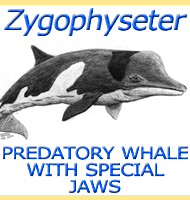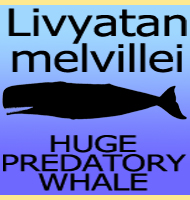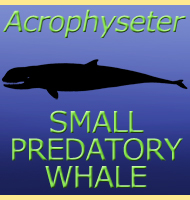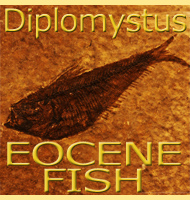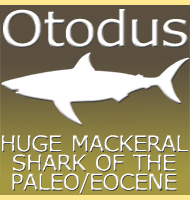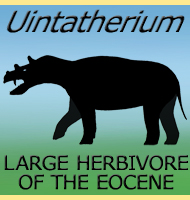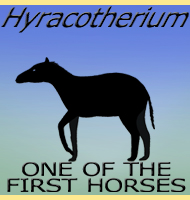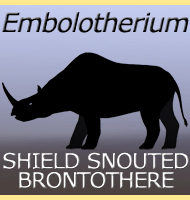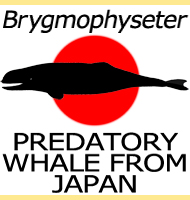


Diorocetus
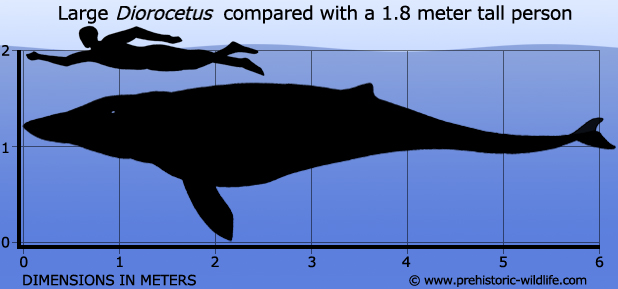
Name:
Diorocetus.
Phonetic: De-oh-roe-see-tus.
Named By: R. Kellogg - 1968.
Classification: Chordata, Mammalia, Cetacea,
Mysticeti.
Species: D. hiatus (type).
D. chichibuensis, D. shobarensis.
Diet: Filter feeder.
Size: Total length about 6 meters long.
Known locations: Japan - Korematsu Formation and
Nagura Formation. USA, Mayland - Calvert Formation, Calvert
Beach Member, and Virginia - Calvert Formation, Plum Point
Member.
Time period: Burdigalian through to the Serravalian
of the Miocene.
Fossil representation: Several individuals
represented by skulls and partial post cranial remains.
Diorocetus
was first named from fossils recovered from the United States by R.
Kellog in 1968, establishing the type species Diorocetus
hiatus.
Then in 2003 and 2008 respectively two new species,
Diorocetus chichibuensis and Diorocetus
shobarensis were named from
fossils discovered in Japan. Out of these D. shobarensis
seems to
be the earliest with fossils roughly dated to the Burdigalian of the
Miocene, while at the time of writing fossils for D.
hiatus and D.
chichibuensis are Langhian to Serravalian in age. Noted
for having
quite a slender skull for a mysticetid whale,
Diorocetus
was
considered in a 2009 study by Beatty & Dooley to
potentially
be a bottom feeder as opposed to feeding in open water like the baleen
whales that we know today.
Diorocetus
might have been
preyed upon by large ‘megatoothed
sharks’ such as C.
chubutensis
and of course the famous C.
megalodon.
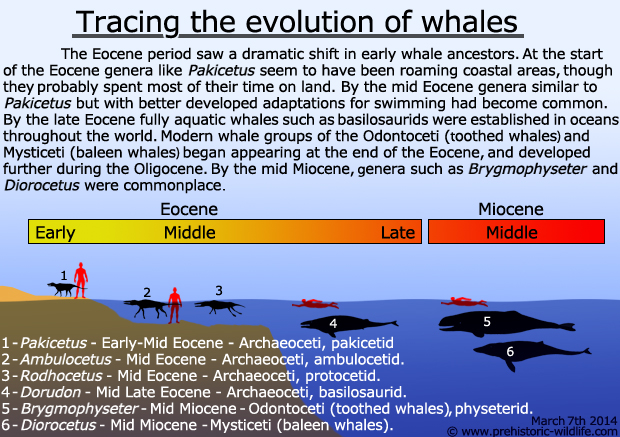 |
| More information on these whales can
be found on their respective pages; 1 - Pakicetus, 2 - Ambulocetus, 3 - Rodhocetus, 4 - Dorudon, 5, Brygmophyseter, 6 - Diorocetus. |
Further reading
- A hitherto unrecognized Calvert Cetothere. Bulletin of the United
States National Museum 247(6):133-161 - R. Kellogg -
1968.
- New cetothere (Cetacea: Mysticeti) from the Miocene
Chichibumachi Group, Japan. - Bulletin of the Saitama Museum of
Natural History 20-21:1-10. Bulletin 247:133-161. - K.
Yoshida, T. Kimura & Y. Hasegawa - 2003.
- Cladistic analysis and a revised classification of fossil and
recent mysticetes. - Zoological Journal of the Linnean Society
150:875-894. - M. E. Steeman - 2007.
- Cetotheres from the early Middle Miocene Bihoku Group in Shobara
District, Hiroshima Prefecture, West Japan. Miscellaneous Reports
of the Hiwa Museum for Natural History 49 (2) :1-66. - H.
Otsuka & Y. Ota - 2008.
- Injuries in a Mysticete Skeleton from the Miocene of Virginia,
With a Discussion of Buoyancy and the Primitive Feeding Mode in the
Chaeomysticeti. - Jeffersoniana, Virginia Museum of natural
History, 20. Brian Lee Beatty & Alton C. Dooley Jr -
2009.
----------------------------------------------------------------------------
Random favourites
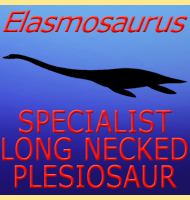 |
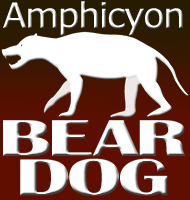 |
 |
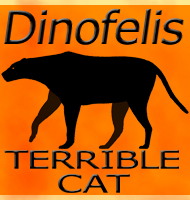 |
